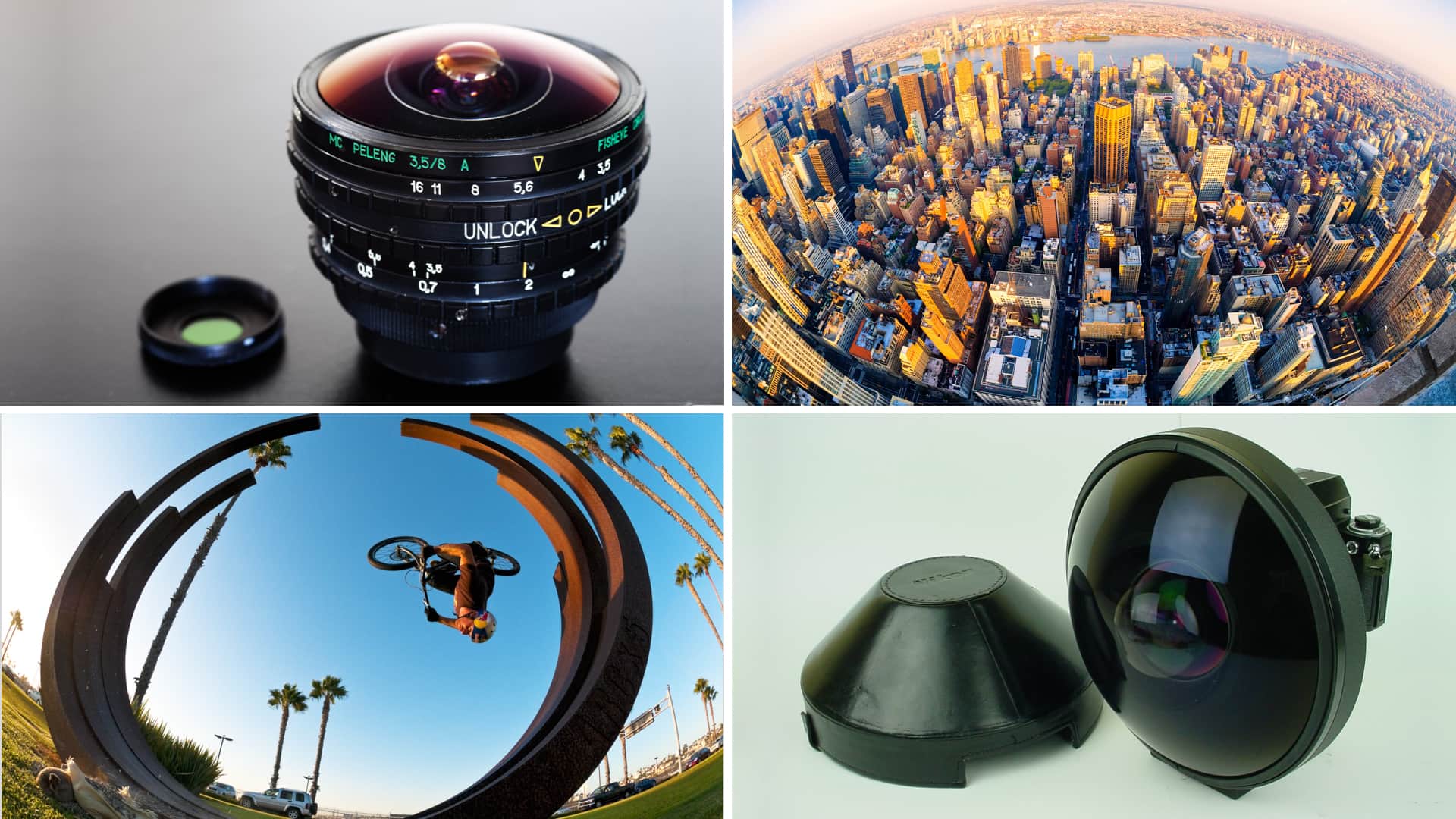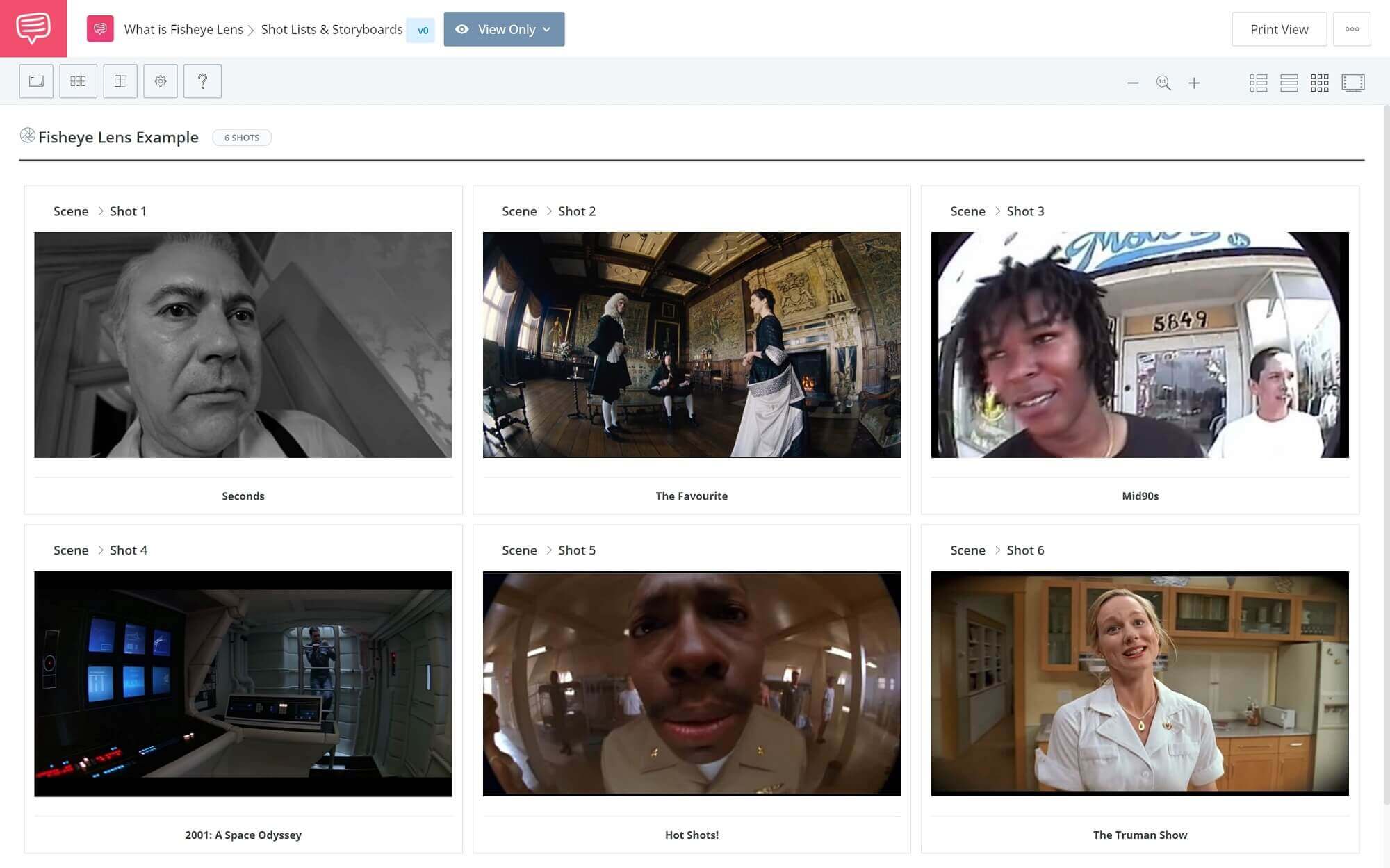A variety of lenses used throughout your filmmaking project can help ensure the audience feels how you want them to feel about a given scene. So what is a fisheye lens in your arsenal? It’s one of the most unique lenses out there for how it creates a spherical, warped perception of the frame. The subject looks like how you would think a fish would perceive them. You won’t see this lens all too often in film, but you don’t want to overlook it because the fisheye effect may be precisely what you need on your next project.
DEFINE FISHEYE LENS
What does a fisheye lens do?
The fisheye camera lens is popular for outdoor photography, particularly when it comes to providing context for skateboarding or surfing shots. Shooting close-ups of architecture or crowds may also necessitate this lens, but what is it precisely?
FISHEYE LENS DEFINITION
What is a fisheye lens?
A fisheye lens is a camera component used for shooting extremely wide angles, typically 180 degrees. Also referred to as a “super wide” or “ultra-wide” lens, it produces an image that appears distorted, giving it a more abstract yet dynamic aesthetic.
There are two main variations of this lens: full-frame and circular. A full-frame shot will have the distorted image taking up the entirety of the frame. Meanwhile, a circular shot will have a black border surrounding the spherical shot.
What are fisheye lenses good for in film?
- For extreme sports
- For giving the impression of looking through a peephole
- For scenes of a person waking up or struggling with unconsciousness
- For simulating security footage
A fisheye photo provides an incredibly wide angle of view. As opposed to other lenses that create images with straight lines of perspective, fisheye photography depends on special mapping. This gives off a convex, non-rectilinear appearance. And while it may be reserved for photography for the most part, you may just find a use for it in your next movie.
FISHEYE LENS EFFECT
Purpose of a fisheye lens throughout history
Fisheye lens photos have roots dating back to 1906. Inventor and physicist Robert W. Wood developed a lens based on how a fish would view the world from beneath the water. The lens would grow in prominence in the 1920s when it was used to study cloud formations in meteorology. But the lens didn’t really rise to prominence until the 1960s. This was the time when this particular lens was finally mass-produced.
You can see the lens in action in the 1966 film Seconds from director John Frankenheimer.
Jerry Goldsmith • Seconds
It’s an eerie, frightening scene, and the distortion created by the lens aids in making the audience feel a certain way. Over the years, fish eye lens images have become more advanced, they have gone on to appear in numerous other films for a variety of purposes.
WHAT’S A FISHEYE LENS?
Fisheye lens examples from movies
With a fisheye lens, directors and cinematographers have unique opportunities while filming. They’re able to get more of the surrounding area into the shot, and they can create a distinct mood.
In other situations, fish eye lens use is merely practical. For example, if you want a shot of a character peering through a peephole, then a fisheye lens provides a similar aesthetic to what you would get in real life.
For a better idea of how you can incorporate the fish-eye lens into your filmmaking, we brought some of our favorite stills into StudioBinder’s Storyboard Creator to see how filmmakers utilize the lens into their various works.
Fisheye Lens Shots • See Shot List
Through these examples, we can see two different ways filmmakers tend to use the lens. The first is the practical variety. Mid90s ends with a short movie one of the characters filmed throughout the actual movie.
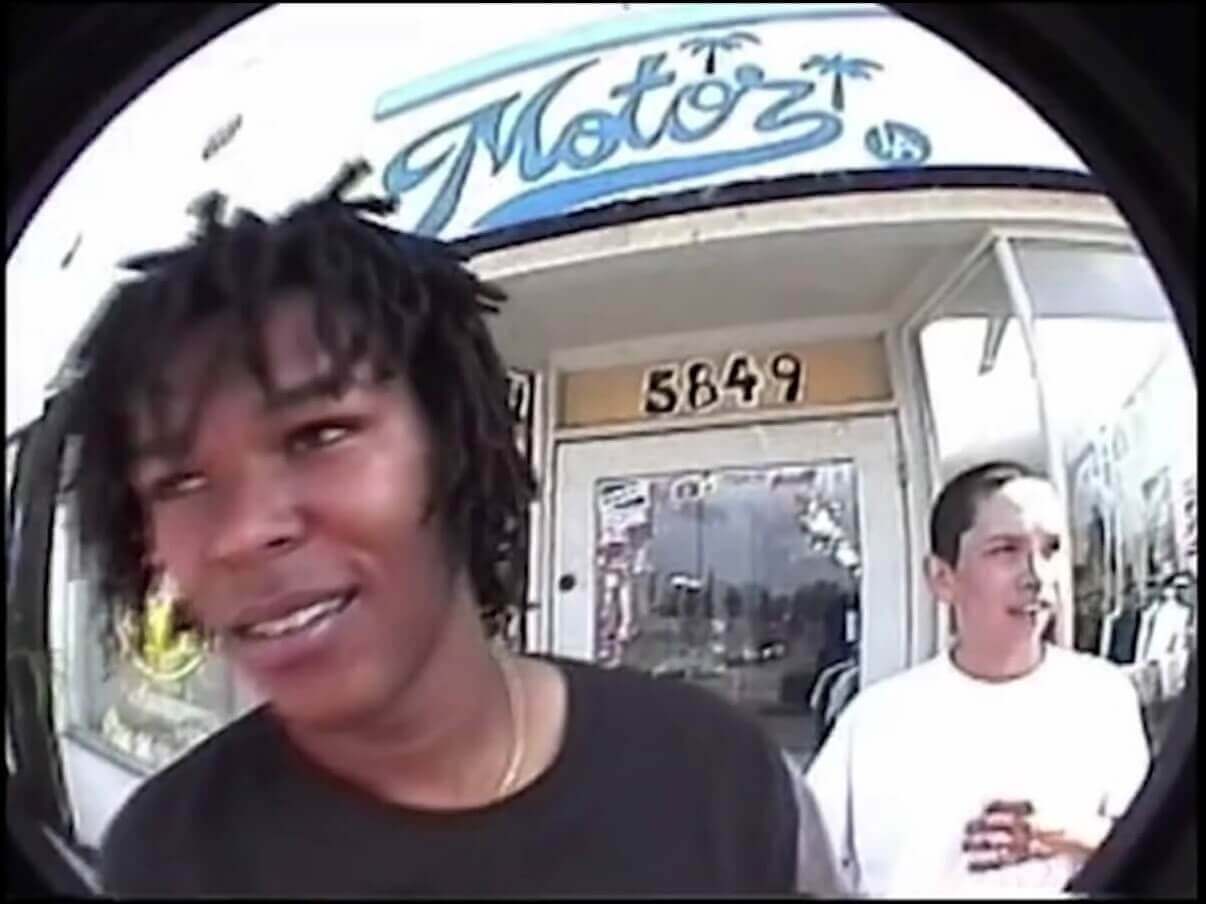
What is a Fisheye Lens? • Mid90s
The fish-eye lens was incredibly popular in the time period the film takes place. Combined with the fact the movie follows a group of young skateboarders, it makes sense why he would have filmed everything using such a lens. In this instance, it’s not about necessarily creating a certain mood. It’s more for the aesthetic, but what about creating disorientation?
A fish-eye lens is used prominently throughout one of the best films of 2018, The Favourite.
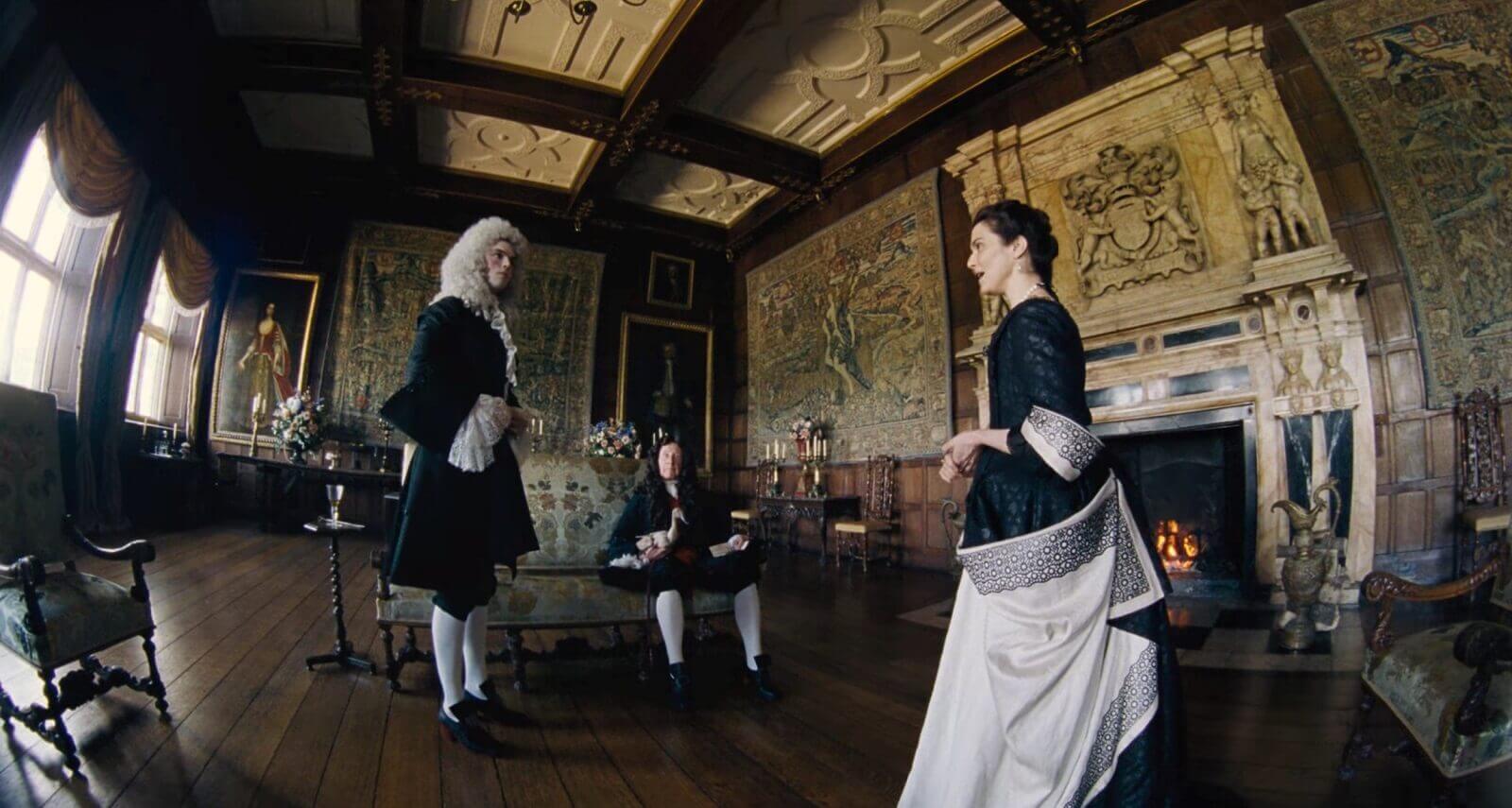
Fisheye vs Wide Angle Lens • The Favourite
A fisheye lens wouldn’t have been around during this time period, and it’s not like we’re viewing the scene through the perspective of a camera or peephole. In this instance, the lens heightens the emotions of the characters. As a whole, the film is a surreal experience where you’re never quite sure where characters’ allegiances lay. It emphasizes the bizarreness of Queen Anne’s court.
Related Posts
FISHEYE LENS MEANING
Fisheye effect in music videos
The fisheye lens is fairly rare in the world of cinema. The reason for this is that it offers a distinct look, and oftentimes, it makes the audience aware they are watching a fictional film. But one medium where stylistic choices are more readily accepted is music videos.
The fisheye lens grew prominence starting in the 1960s when it became a staple of album covers. Just look at one of the most famous album covers of all time from The Jimi Hendrix Experience.
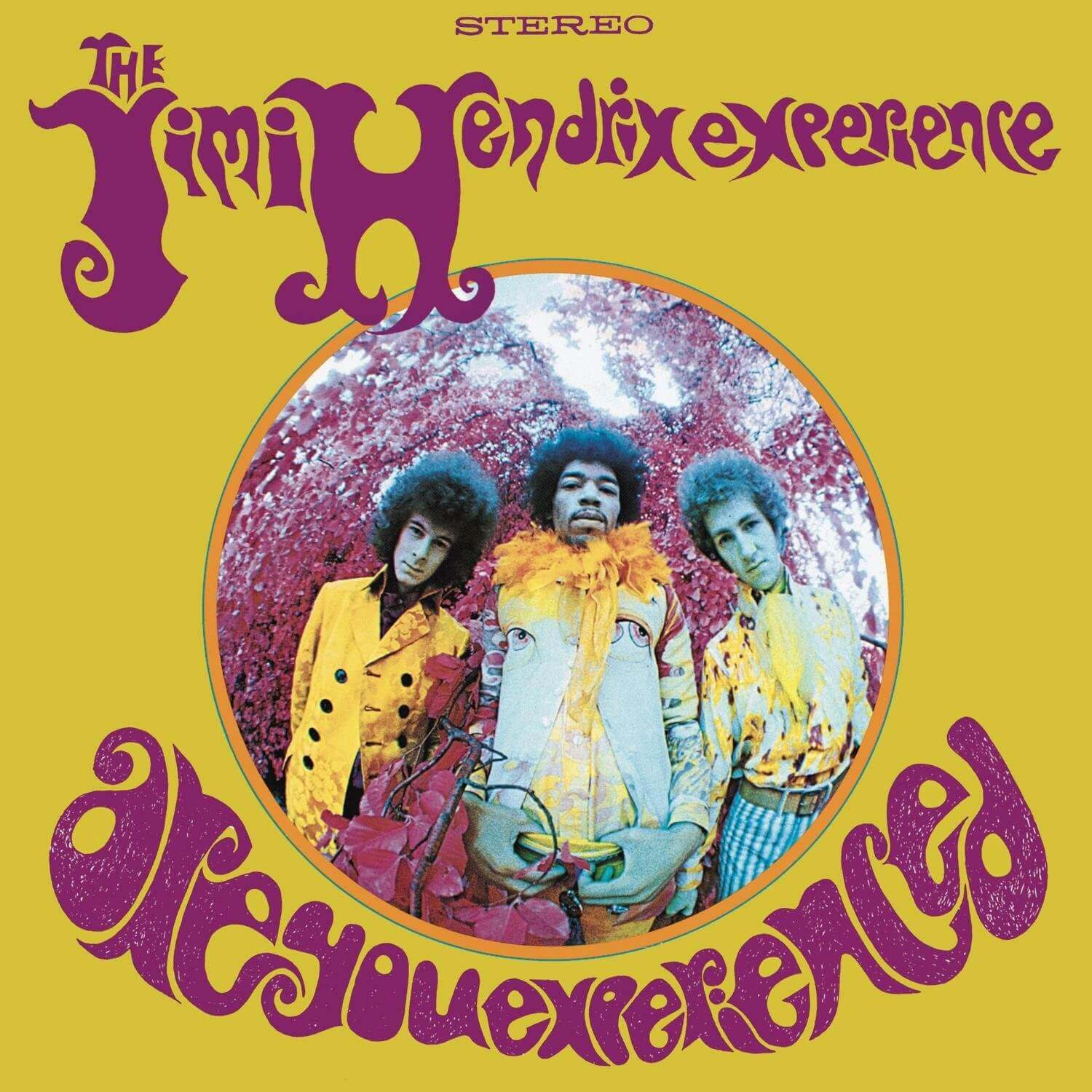
Album Cover • The Jimi Hendrix Experience
The lens became a staple on album covers thanks to the way it makes subjects look almost larger than life. In this particular example, the color palette makes the image stand out even more, providing a suitably psychedelic vibe.
In the 80s, there was the advent of the music video. And the popularity of the fisheye lens soon made its way into this new medium. One of the best examples of this lens in action is the Beastie Boys video for “Shake Your Rump.”
Shake Your Rump • Beastie Boys
However, no music video director has embraced the lens as fully as Hype Williams. Williams got his start making music videos in 1991 working with BWP and Main Source. He would go on to direct some of the most famous music videos in the decade with the fisheye lens being one of his signature pieces, as evidenced in the video for “The Rain (Supa Dupa Fly)” from Missy Elliott.
The Rain (Supa Dupa Fly) • Missy Elliott
The lens serves a unique purpose. The subject is typically kept in the middle of the frame while still being able to capture the environment around them. While the lens had its heyday in the 90s, you may still find a use for it today in your own project. And the best part is that you don’t have to spend thousands of dollars on a camera. In fact, there are free apps on your phone to give you the perfect aesthetic for your picture or video.
UP NEXT
What is a Prime Lens?
A full arsenal of lenses can help you attain the perfect look no matter what you’re filming. In addition to a fisheye lens, make sure you don’t overlook the impact of a prime lens. This particular lens keeps you at a fixed focal point without the ability to zoom in or out. Do you have one?
Up Next: What is a Prime Lens? →
Showcase your vision with elegant shot lists and storyboards.
Create robust and customizable shot lists. Upload images to make storyboards and slideshows.
